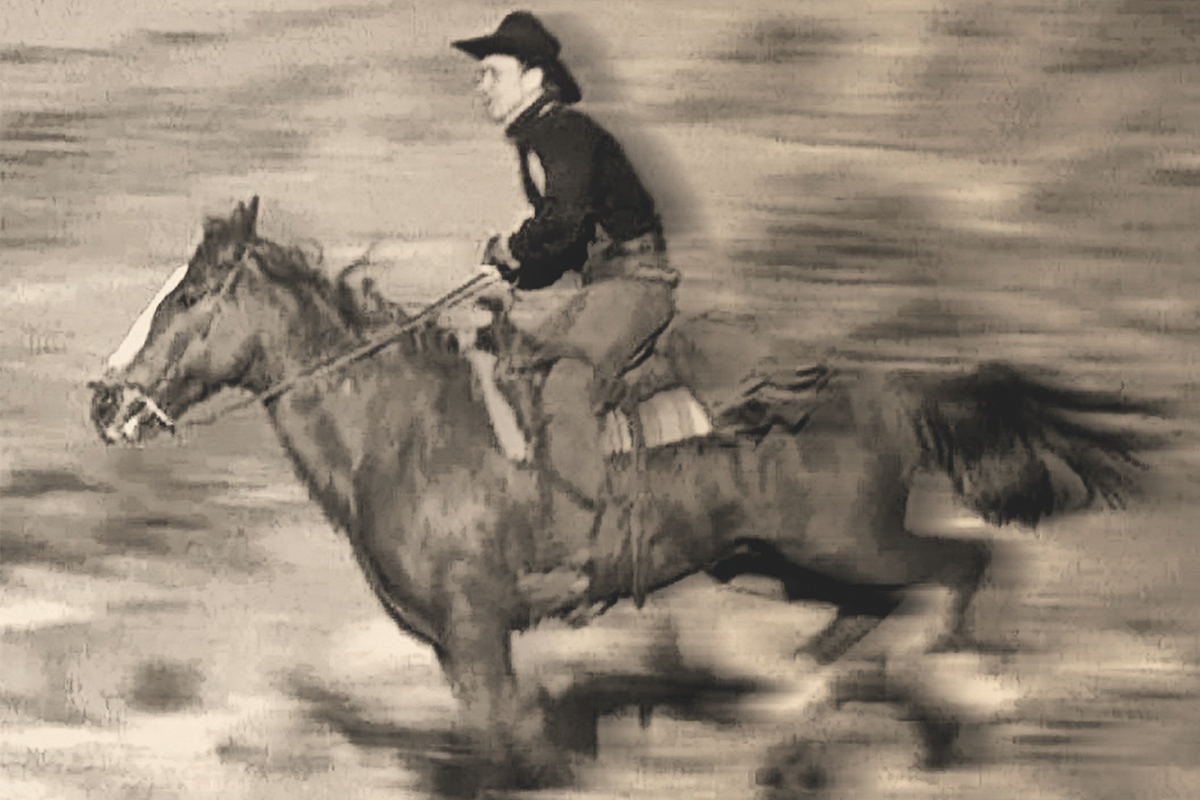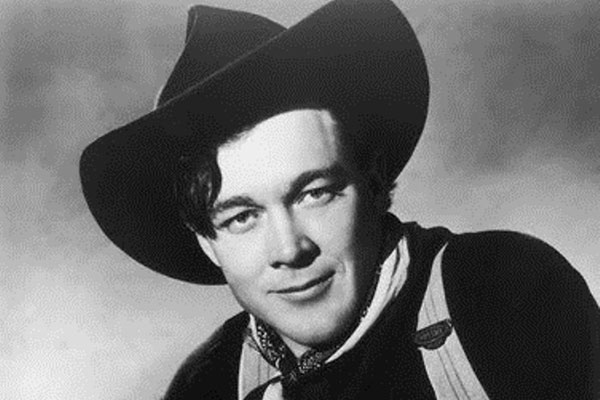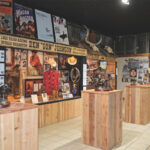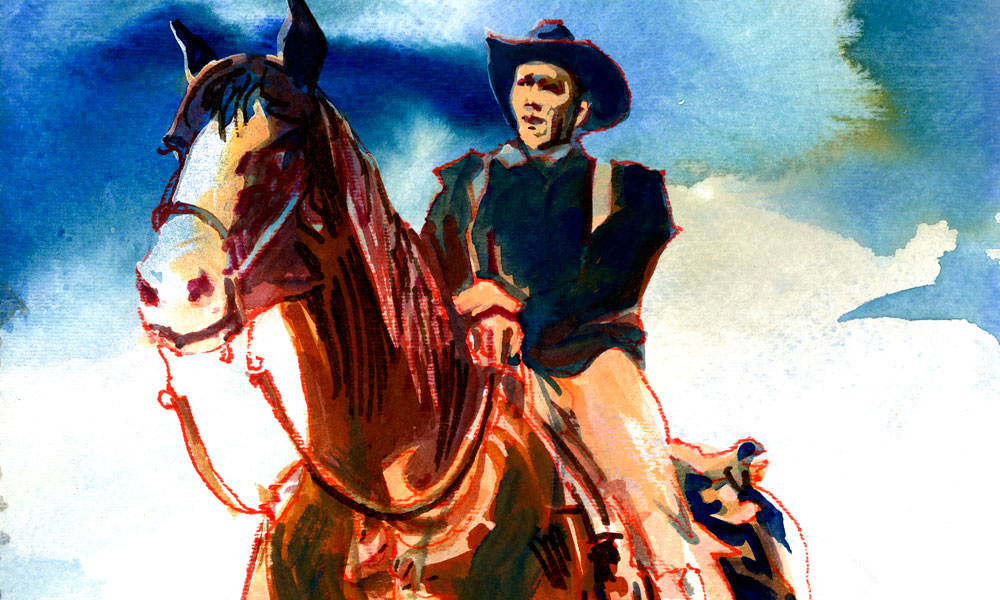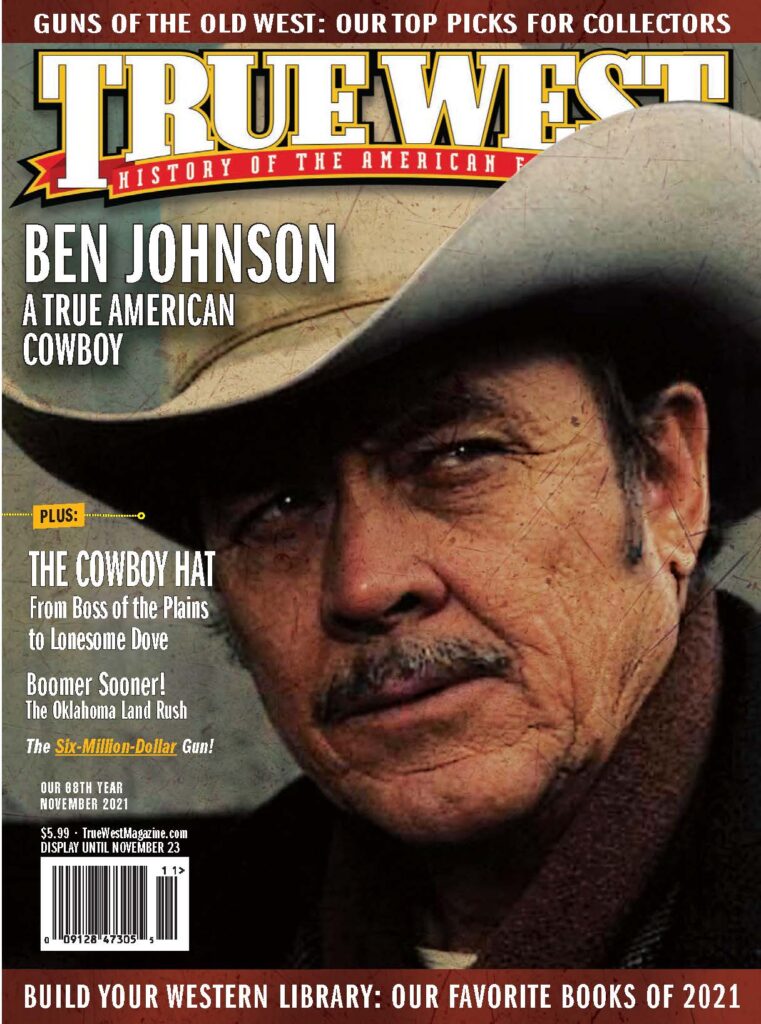From his humble beginnings to his last ride in Monument Valley, the Sooner native never strayed far from his Oklahoma roots.
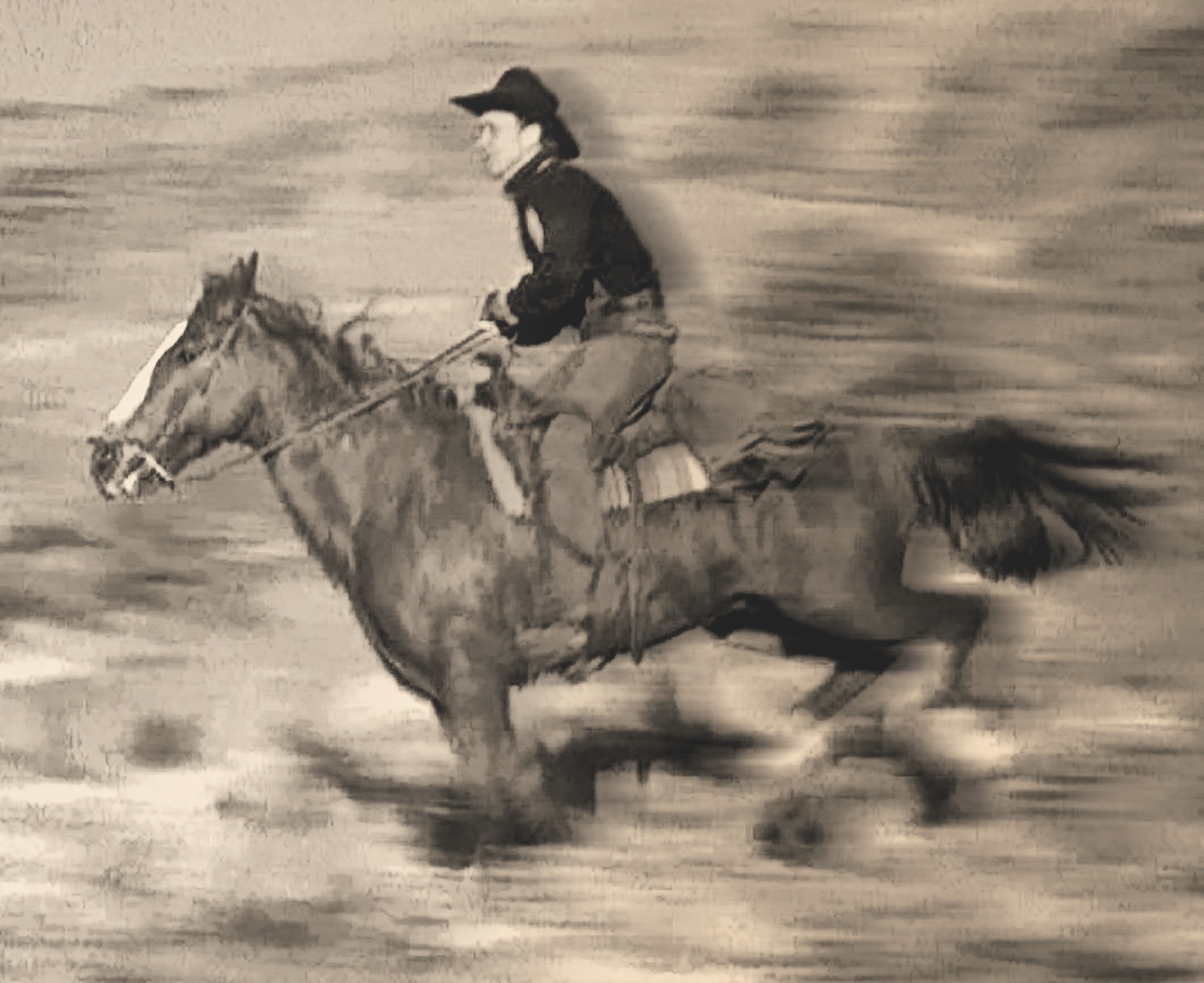
Actor Ben Johnson and I were sitting on the rail of an old wooden fence at Hastiin sani (Old Man) Cly’s place in Monument Valley. Some of the riders were inside the corral getting acquainted with their horses when Hosteen (Mr.) Cly walked over and shook hands with Ben. They had known each other since the late 1940s, when Ben first started making pictures for director, John Ford.
“Do you guys want to see Tombstone?” He was grinning like a mule eating cactus.
We knew “Tombstone” was located in the valley between Cly’s place and Goulding’s Trading Post. In 1946 John Ford shot My Darling Clementine in Monument Valley, and construction crews had built the Western town of Tombstone. We looked off toward Goulding’s but saw nothing but open space. Tombstone was gone. We looked back at the old Navajo. He gave us one of those “gotcha” looks and said, “You’re sittin’ on it.”
That old corral fence we were roosting on had been one of the buildings in the film. Lumber is as scarce in Monument Valley as horseflies in December, and when Ford was finished filming, he must have donated Tombstone to the Navajos, who proceeded to dismantle it and use the lumber for more practical things such as corrals.
We were sitting on a piece of Hollywood history.
Dream Ride
During the spring of 1996, Arizona Highways magazine editor Bob Early asked photographer Gary Johnson and me to join legendary actor Ben Johnson, on a sentimental journey at the place where Hollywood director John Ford had “discovered” him in the late 1940s while filming Fort Apache, one of his Cavalry Trilogy.
Gary and I met in the early 1970s when he was a student in my Southwest History class at Coronado High School in Scottsdale, and we’d remained friends through the years, appearing together at cowboy poet gatherings and folk festivals. I’d watched him grow, become a real fine entertainer and photographer. We’d done quite a few stage performances and appearances, and now we were in Monument Valley on a photographer and writer’s dream assignment.
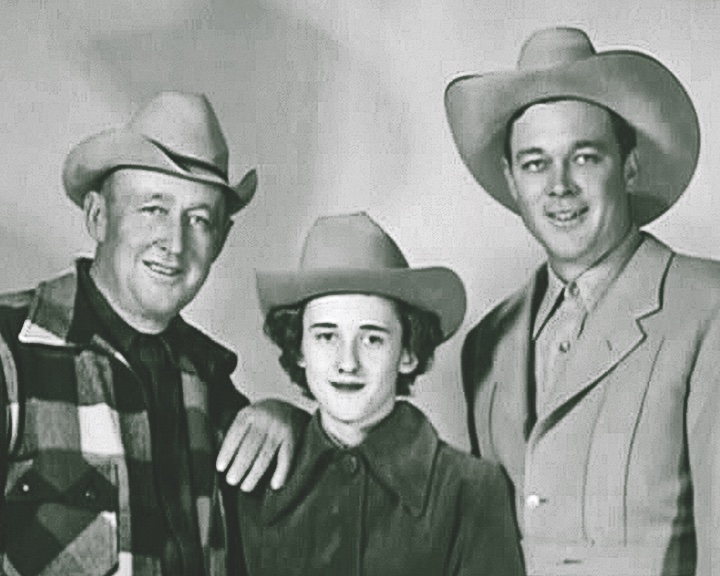
The first time I became aware of Ben Johnson was in 1948 when the first of John Ford’s Cavalry Trilogy, Fort Apache was released. A year later came She Wore a Yellow Ribbon, followed in 1950 by Rio Grande. All three came to the little Yavapai Theater in my hometown of Ash Fork, Arizona, a small railroad town on Route 66 about 50 miles west of Flagstaff. Growing up around horses, I was fascinated by Ben’s skills as a horseman. He would gracefully glide into the saddle so smoothly, it looked like horse and rider were one. Now, here I was forty-six years later bunking in a two-man tent in Monument Valley with the cowboy hero of my youth.
I met Ben at the National Cowboy and Western Heritage Museum in Oklahoma City. In those days it was the National Cowboy Hall of Fame and Museum. He was there with Sam Elliott, Tom Selleck, Jeff Osterhage, Slim Pickens and Louis L’Amour to pick up an award for the made-for-television Western film, The Sacketts. How did I wind up in that room with those guys that afternoon? I was there to donate a copy of my book Arizona to the museum library. Fortunately, nobody asked about my latest film. So, I lit up a cigar and joined in.
From Oklahoma to Hollywood
Ben was born in 1918 in Foraker, Oklahoma, on the Osage Indian Reservation of Irish and Osage ancestry. His father, Ben Sr., was a rancher in Osage County and a three-time world champion rodeo cowboy.
He credits Howard Hughes for bringing him out to Hollywood from Oklahoma in the late 1930s. Hughes had bought some horses from a ranch where Ben worked and liked the way he handled horses, so he offered him a job bringing them to northern Arizona where they were filming The Outlaw starring Jane Russell. Ben’s wages jumped from $40 a week to $175. “It didn’t take me long to figure out this was a good deal,” he said.
When the filming was finished, Ben shepherded the horses by rail on to California, where he managed to find work in the movies. During the early 1940s, he wrangled and did stunt doubling for John Wayne, James Stewart, Joel McCrea and Gary Cooper.
In 1941 Ben married Carol Jones, daughter of Clarence “Fat” Jones, top supplier of horses and wranglers in North Hollywood for more than 50 years. They were married until her death in 1994.
Hughes introduced Ben to director John Ford, who also liked the way he handled horses and hired him to do some stunt work and double for Henry Fonda in the 1948 film Fort Apache. He played an Apache warrior in the early morning and a cavalry trooper in the afternoon. “Trouble was,” he recalled, I was half-naked in the morning when it was freezing cold, then burning up in that wool Army uniform in the heat of the afternoon.”
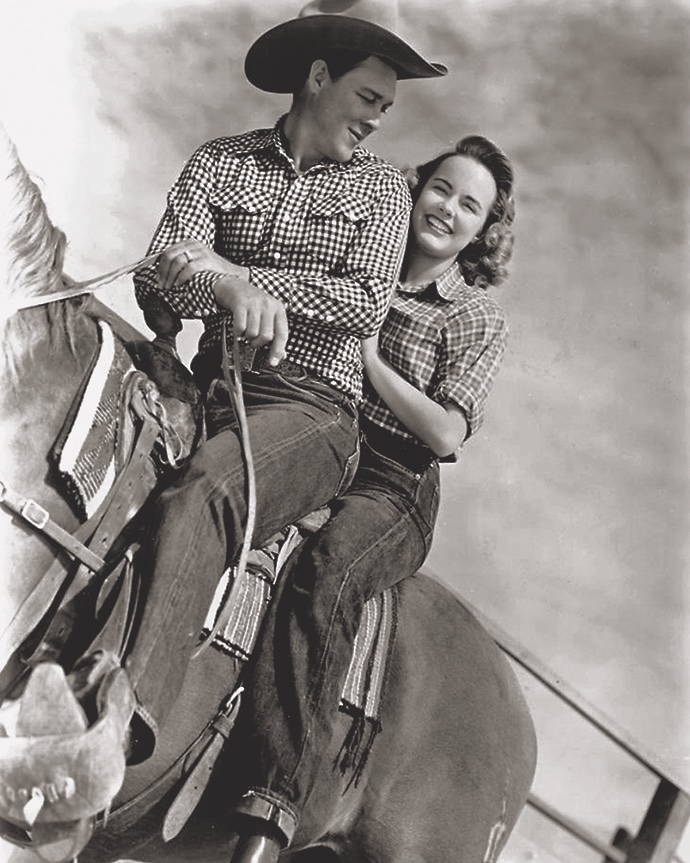
One day a team of horses pulling a wagon spooked and stampeded with three actors on board. Ben, seeing an accident in the making, rode after the team and “just like in the movies,” grabbed the halter on the lead horse, possibly saving the actors from serious injury or worse. Afterward, Ford promised him more work.
Ben tells what happened next. “I thought maybe he might give me a speaking part in his next film. He invited me into his office one day and told me to sit down, then he handed me a piece of paper. I read down to about the third line and saw ‘$5,000 a week.’ I stopped reading, grabbed a pen and signed it.”
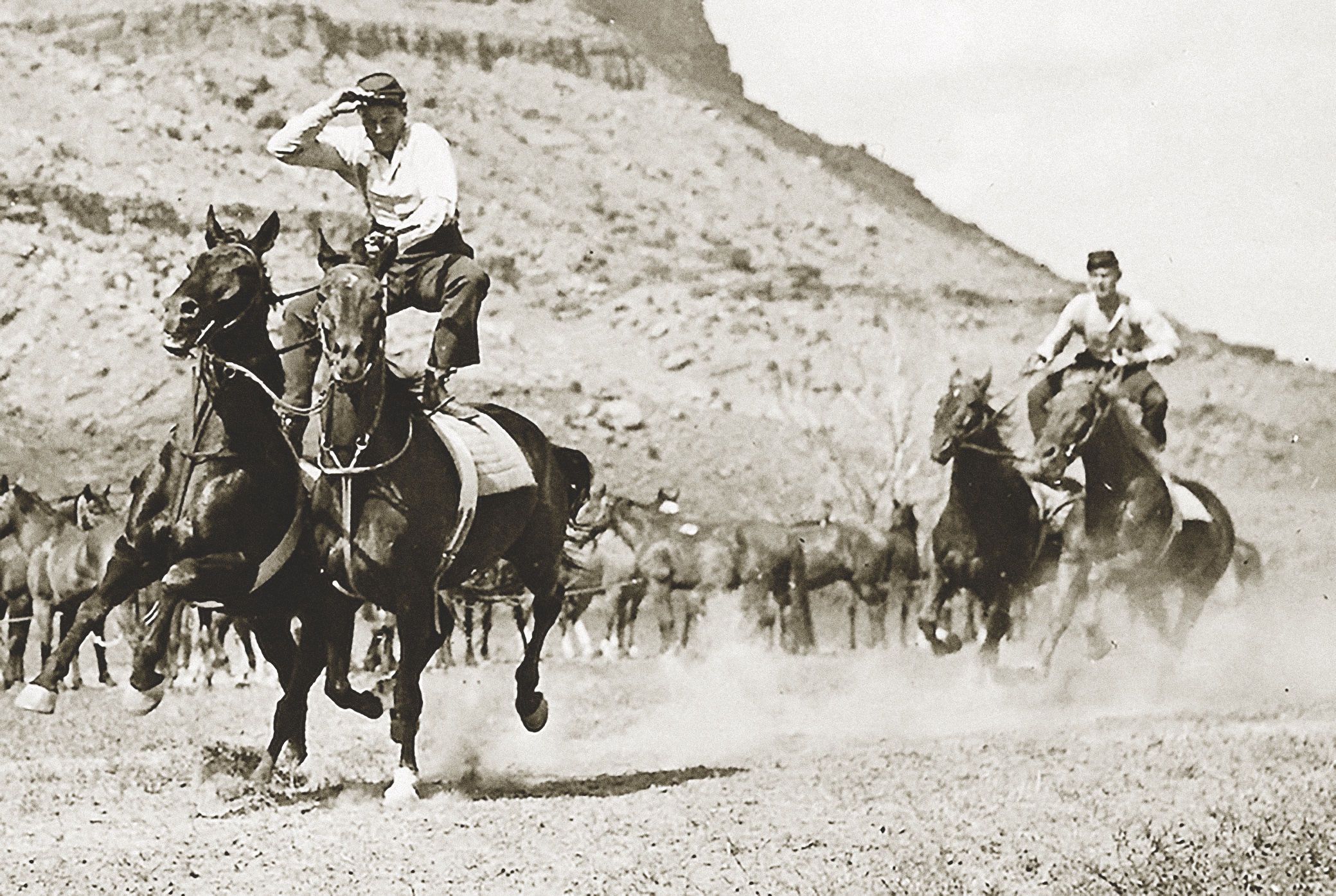
He paused a moment and grinned. “I didn’t even ask what I had to do.”
Ben was able to demonstrate his riding skills again in 1949’s She Wore a Yellow Ribbon and 1950’s Rio Grande, completing Ford’s Cavalry Trilogy. In both he played either Sergeant or Trooper Tyree.
In 1950 he appeared in Three Godfathers, with Harry Carey Jr. and Pedro Armendariz. The film is notable for the incredible riding skills demonstrated by the three.
When someone mentioned what a great rider he was, Ben would modestly reply, “I wasn’t a good actor, so I had to be able to do something.”
Ford suggested him for the lead role in the 1949 film, Mighty Joe Young costarring with the beautiful actress, Terry Moore, and during the filming they became good friends. He recalled that after the film was released, Howard Hughes called and wanted Ben to introduce him to the actress. He did, and soon after the two married. The marriage didn’t last, but when Hughes died, women crawled out of the woodwork claiming to have been wedded to the famous billionaire. Hughes’s attorneys immediately went to work proving the women were scammers. They tried to thwart Terry, but she fought back, proved her case and won. Ben called her later that day and said, “Terry, you owe me big time.” The two friends had a good laugh.
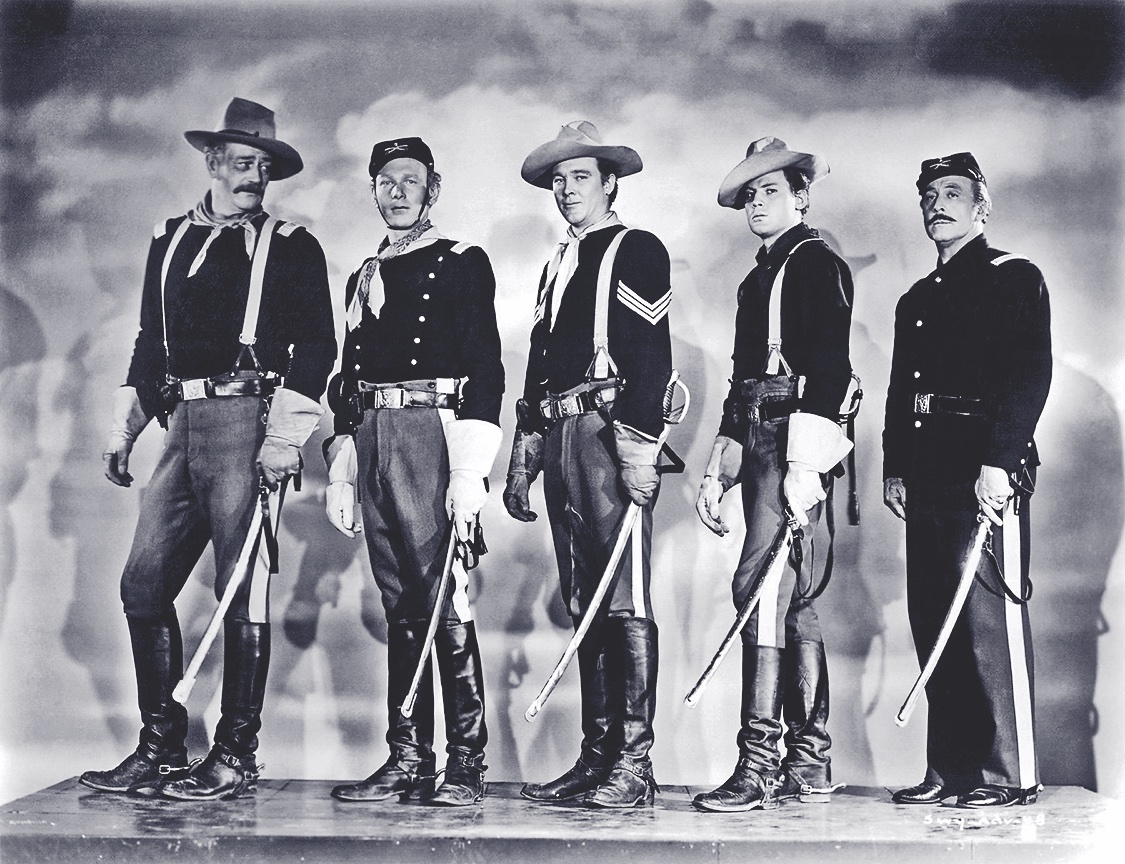
Above the Line
Ben got his first starring role in a Western with Harry Carey Jr. and Joanne Dru a year later in Wagon Master, filmed of course, in Monument Valley. Critics called it one of Ford’s masterpieces. Ben went on to become one of Hollywood’s most popular actors, playing everything from a devil-may-care cowboy, bad man and gunman to curmudgeon and old-timer.
In addition to John Wayne, he starred with William Holden, Clint Eastwood, Steve McQueen, Henry Fonda, James Cagney, Maureen O’Hara, Marlon Brando, Charles Bronson, Alan Ladd, Burt Reynolds and many more.
He was one of the all-time great horsemen in the business. Ironically, he won an Academy Award for a film he didn’t ride a horse in—The Last Picture Show, Peter Bogdanovich’s film about the interwoven lives of people in a small 1950s Texas town.
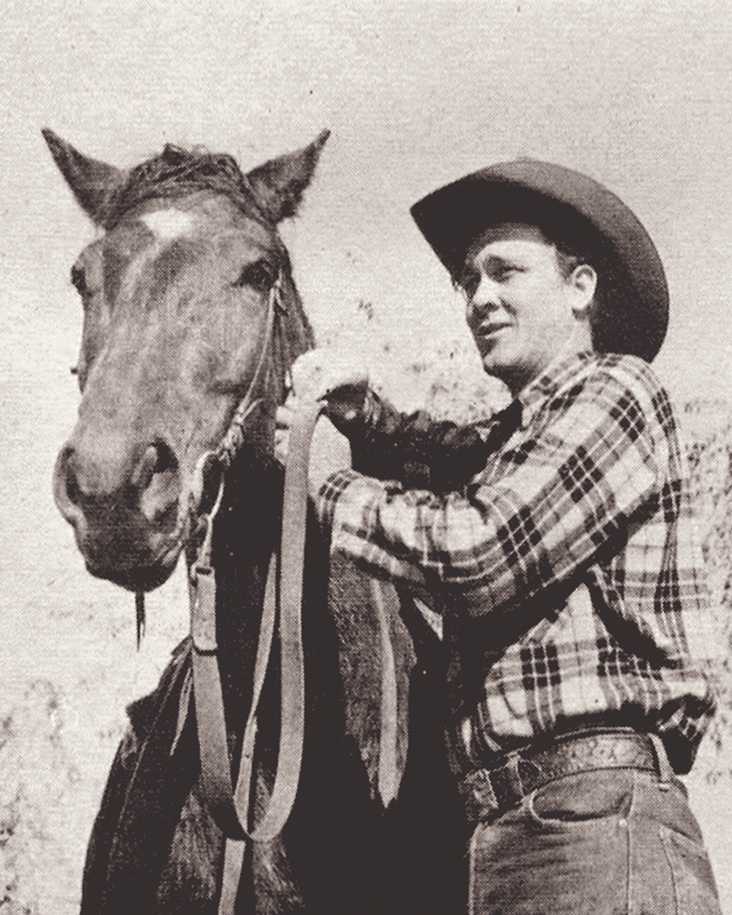
Ben almost didn’t sign on to The Last Picture Show. The first time he saw the script, he rejected it saying, “It was the worst thing I ever read. Every other word that I had was a cuss word, so I turned it down.” John Ford asked him to do it as a personal favor, so Ben agreed to do it on one condition; “I rewrote my part, and I didn’t have to say one dirty word.”
Bogdanovich would later admiringly refer to Ben as “the real thing.”
One of the reasons for Ben’s great success on the silver screen was that in real life he was pretty much like those characters he played in some 300 movies. He was fond of saying, “I get paid a lot of money for playing Ben Johnson.”
John Ford’s last words to him were, “Ben, don’t forget to stay real.”
Valley of the Gods
Ben enjoyed visiting the various places in Monument Valley, reminiscing about something that happened during the shoot. One time while filming Wagon Master, he was being pursued by a band of Navajo warriors. “I rode to this bluff and was supposed to turn and ride along the ridge, but the horse I was on got a case of cold jaw and wouldn’t respond to the bit. He jumped off that bluff, and we landed in sand up to his belly. The reins were lying in the sand, so I picked ’em up, spurred him and off we went.”
That unintended leap was later measured at 32 feet, and the scene came to be known as one of the greatest examples of horsemanship ever filmed.
That explains why Ben was one of Ford’s favorites. He could always handle the unexpected and make a scene work.
One afternoon Ben waited on a ridge for Gary and me to gather around. Then he pointed toward the twin buttes called the Mittens.
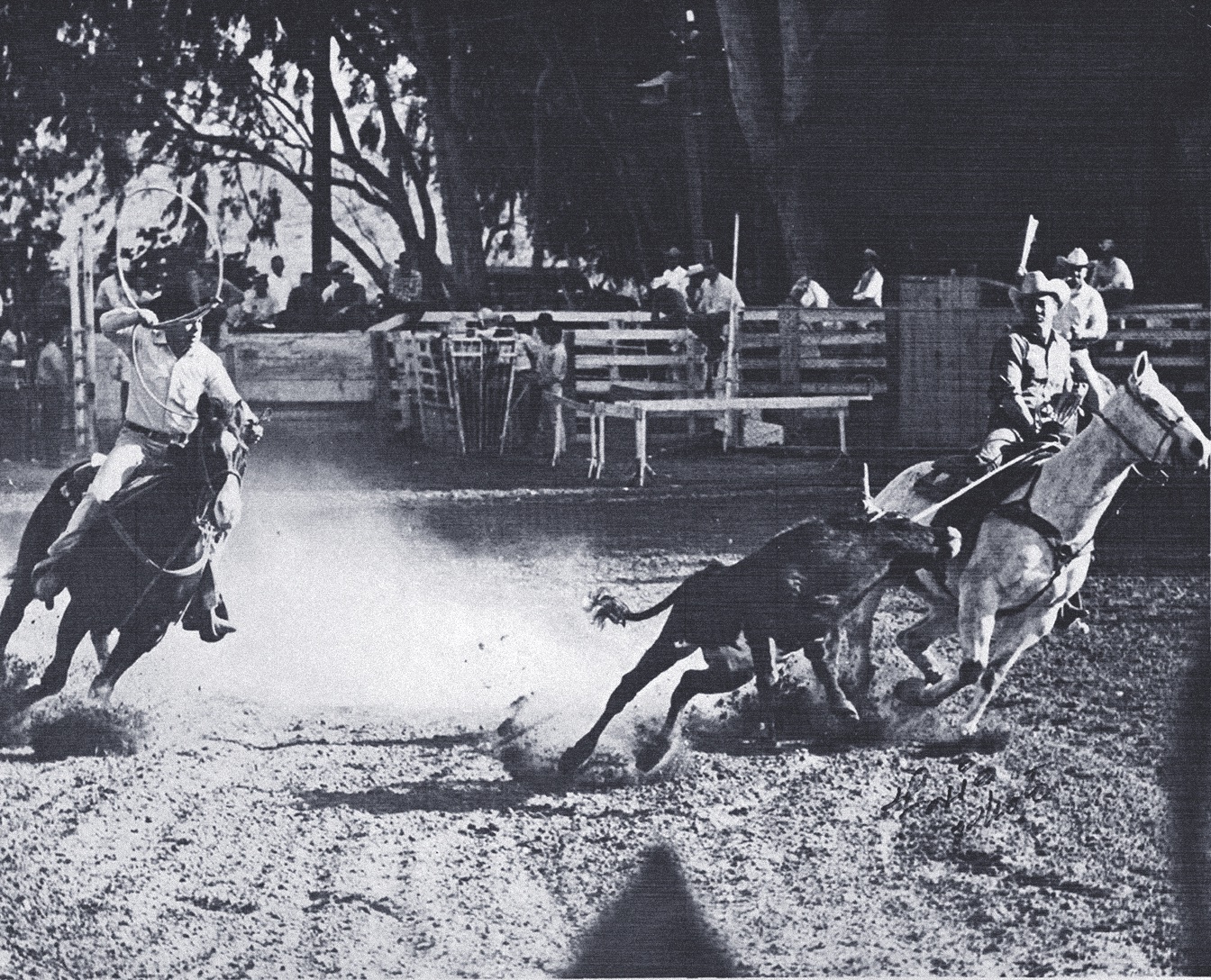
“We were filming She Wore a Yellow Ribbon when a big thunderstorm rolled in. Lightning was bouncing off those buttes, so the assistant director told the actors and crew to pack it in. Mr. Ford liked to of had a fit. ‘I’ll tell you when to cut.’ We were pretty scared of the lightning, but we were more scared of John Ford, so we kept shooting.”
Thanks in part to that scene, the film’s cinematographer, a Ford company favorite, Winton C. Hoch, won an Oscar for cinematography.
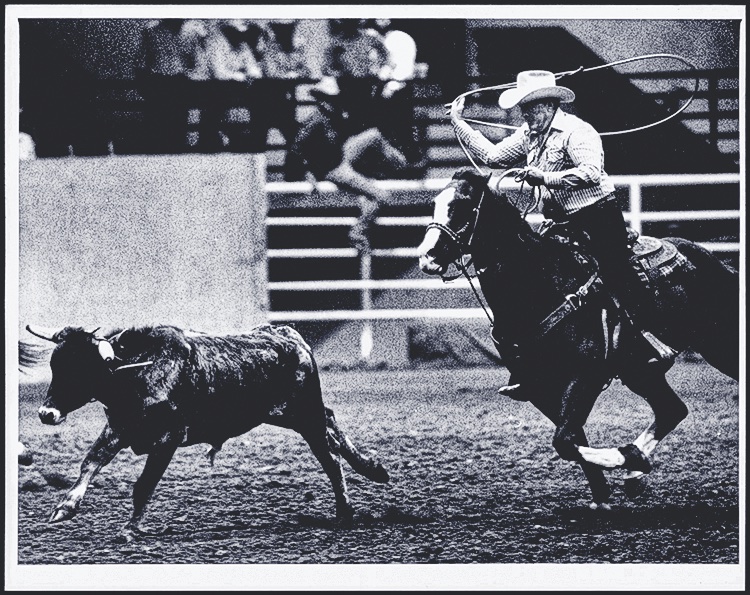
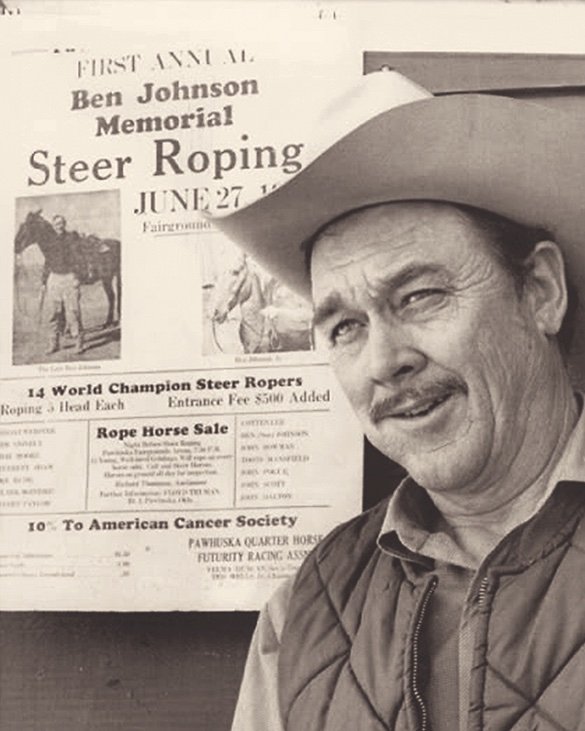
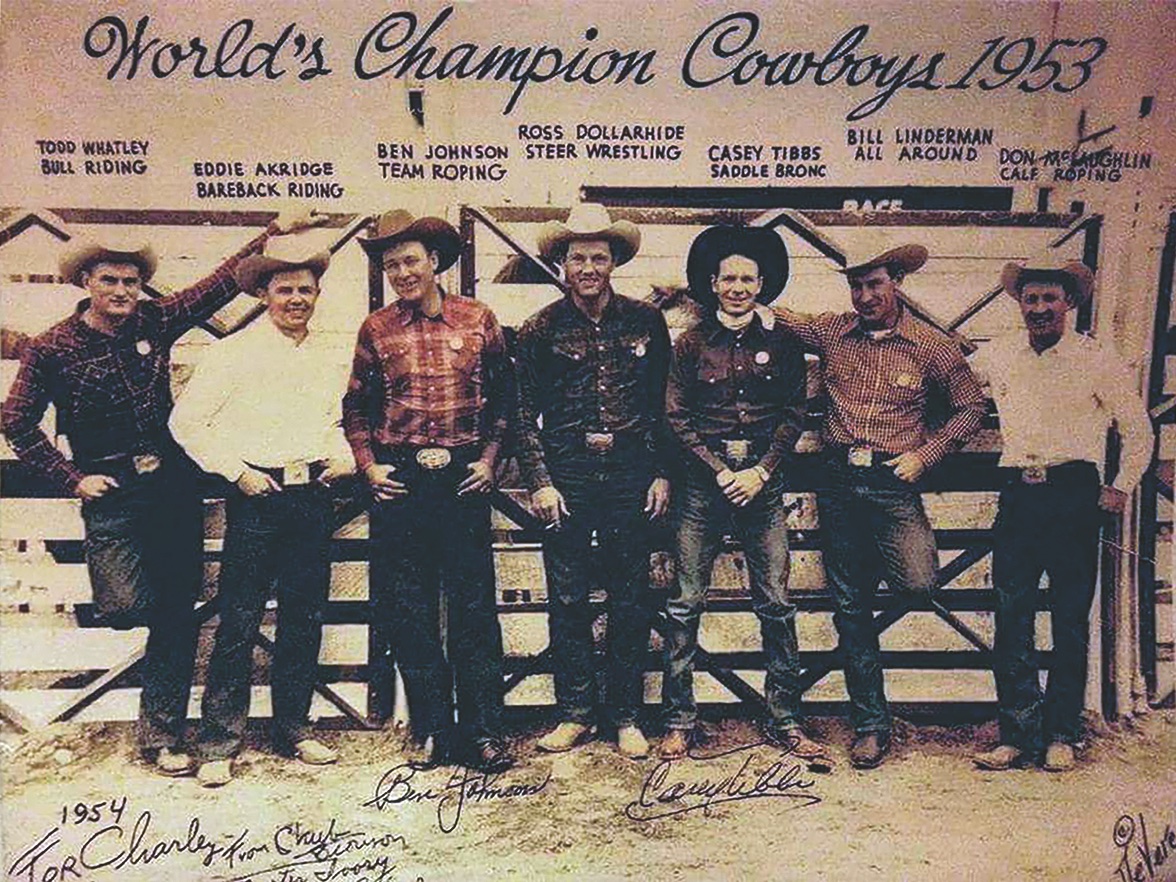
The Real Deal
Over the next 40 years, Ben starred or appeared in hundreds of films and television shows, mostly Westerns. He took a break from the movies in 1953 to rodeo and won the PRCA World Team Roping Championship and was inducted into the Pro Rodeo Hall of fame in 1973.
For many years Ben sponsored pro-celebrity rodeos to benefit children’s charities, primarily in Arizona.
He is the only movie star to win a World Championship rodeo buckle and an Academy Award. In 1982 he was inducted into the Western Performers Hall of Fame at the National Cowboy and Western Heritage Museum in Oklahoma City. In 1990, he was honored at the Ben Johnson Celebrity Rodeo at the Los Angeles Equestrian Center. And in 1994 he received a star on the Hollywood Walk of Fame. When he received his star, he remarked: “I don’t know why in the hell you all waited so long to give me the star. You waited till I got so old I couldn’t enjoy it.”
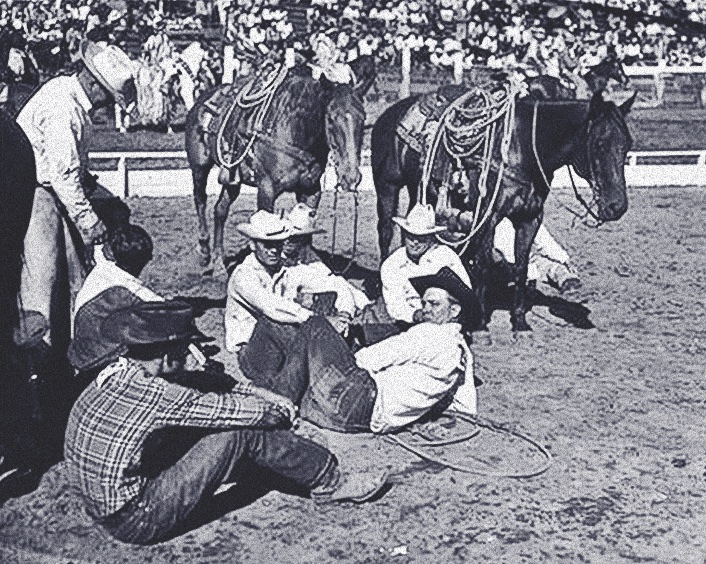
On April 8, 1996, I was rolling down the highway when the news came over the radio that Ben Johnson had died suddenly. It hit me like the kick of a mule. I pulled off to the side of the road and had myself a good cry. Just a few weeks earlier Ben, Harry Carey Jr. and I were sitting on a panel at Mary Brown’s Festival of the West in Scottsdale answering questions about Western movies. I was way out of my league that day and smart enough to let them do most of the talking.
Like millions of others, I felt I’d lost an old friend. He affected a lot of folks that way.
Fittingly, Ben Johnson took his last earthly ride in Monument Valley where it all began. In my living room hangs a large photo Gary Johnson shot of Ben on top of Mitchell Mesa, riding alone along the edge, taking his last ride. His kind don’t come along often. I was one of the lucky guys who got a chance to ride with him in Monument Valley.
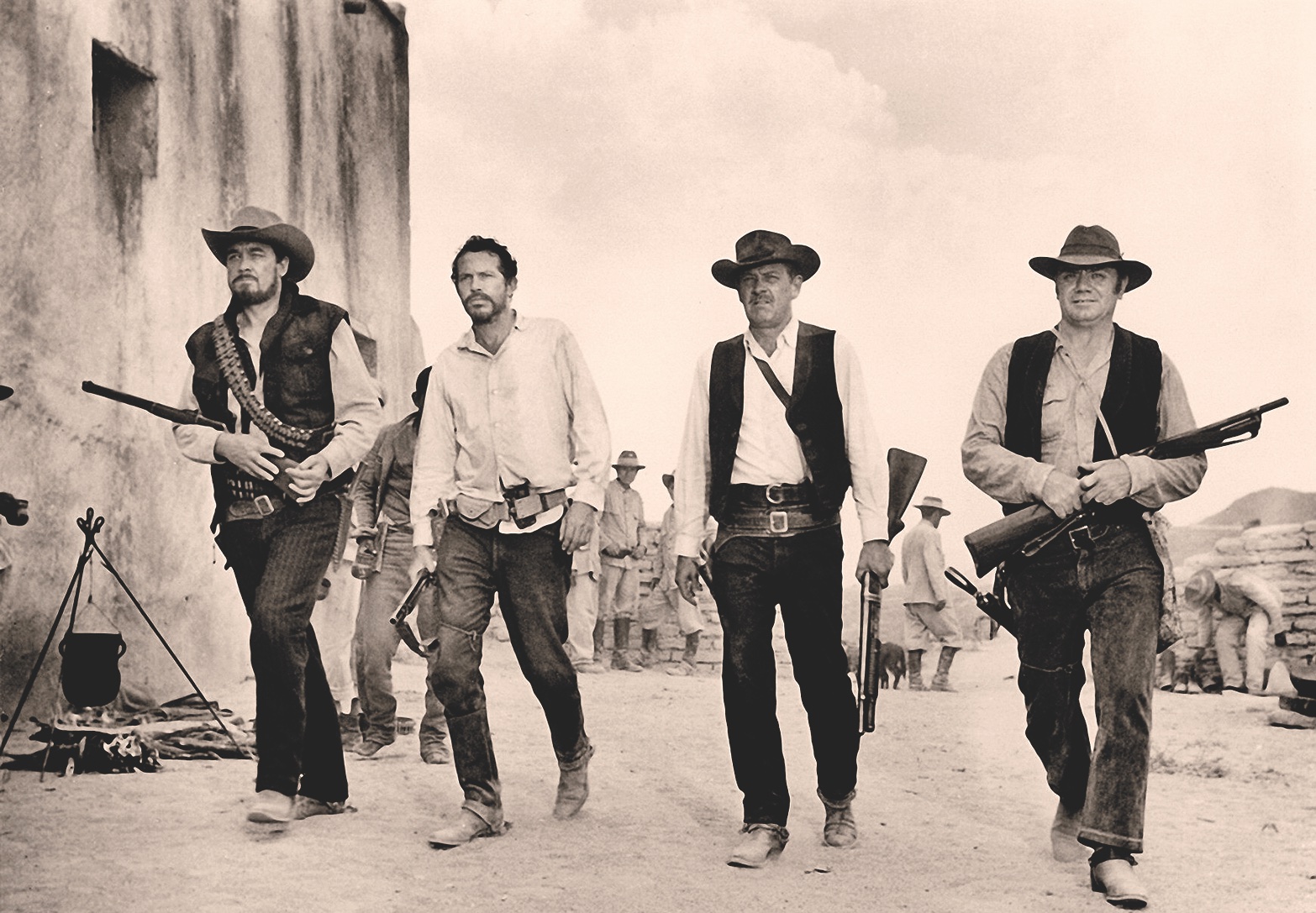
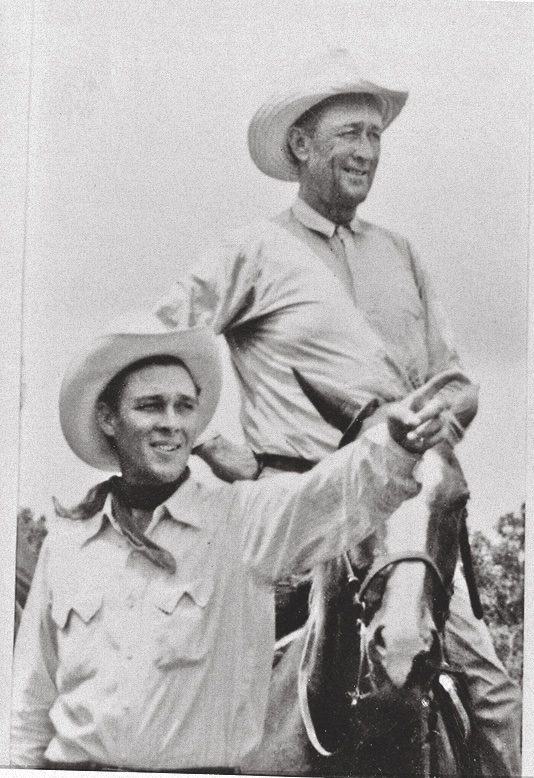
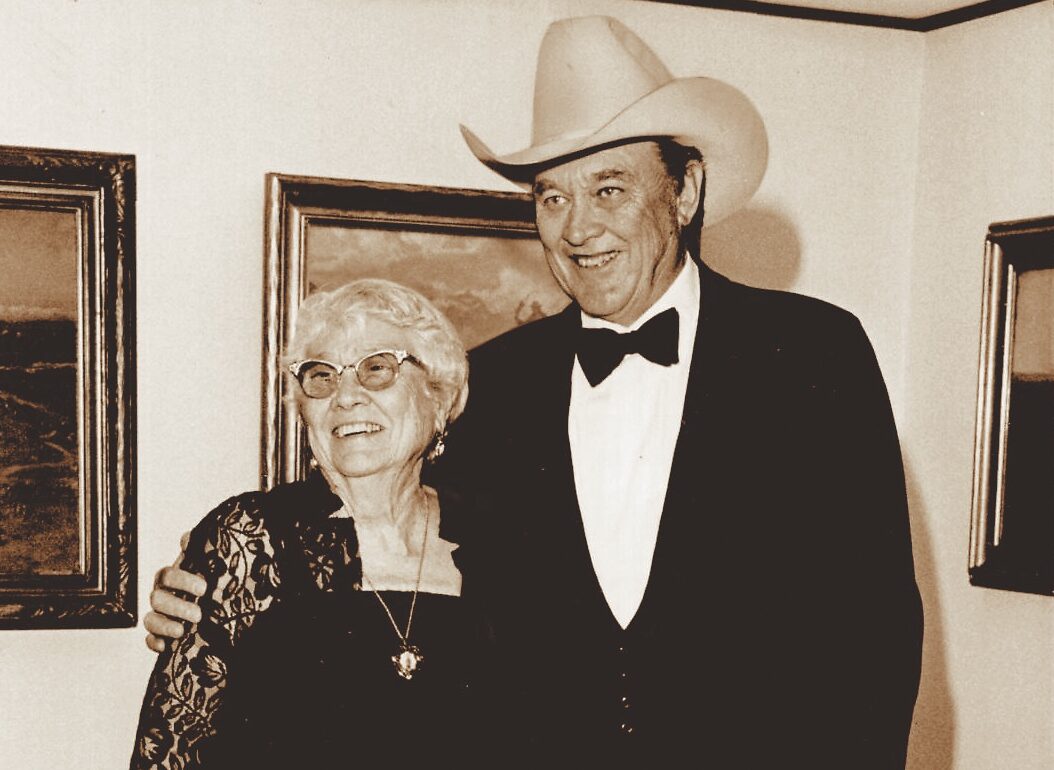
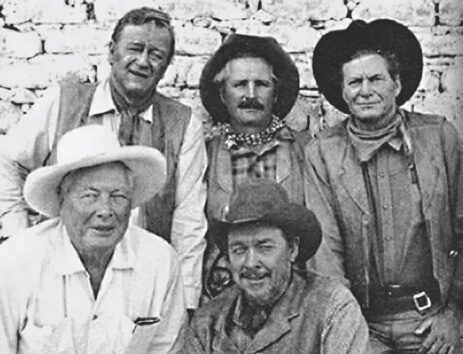
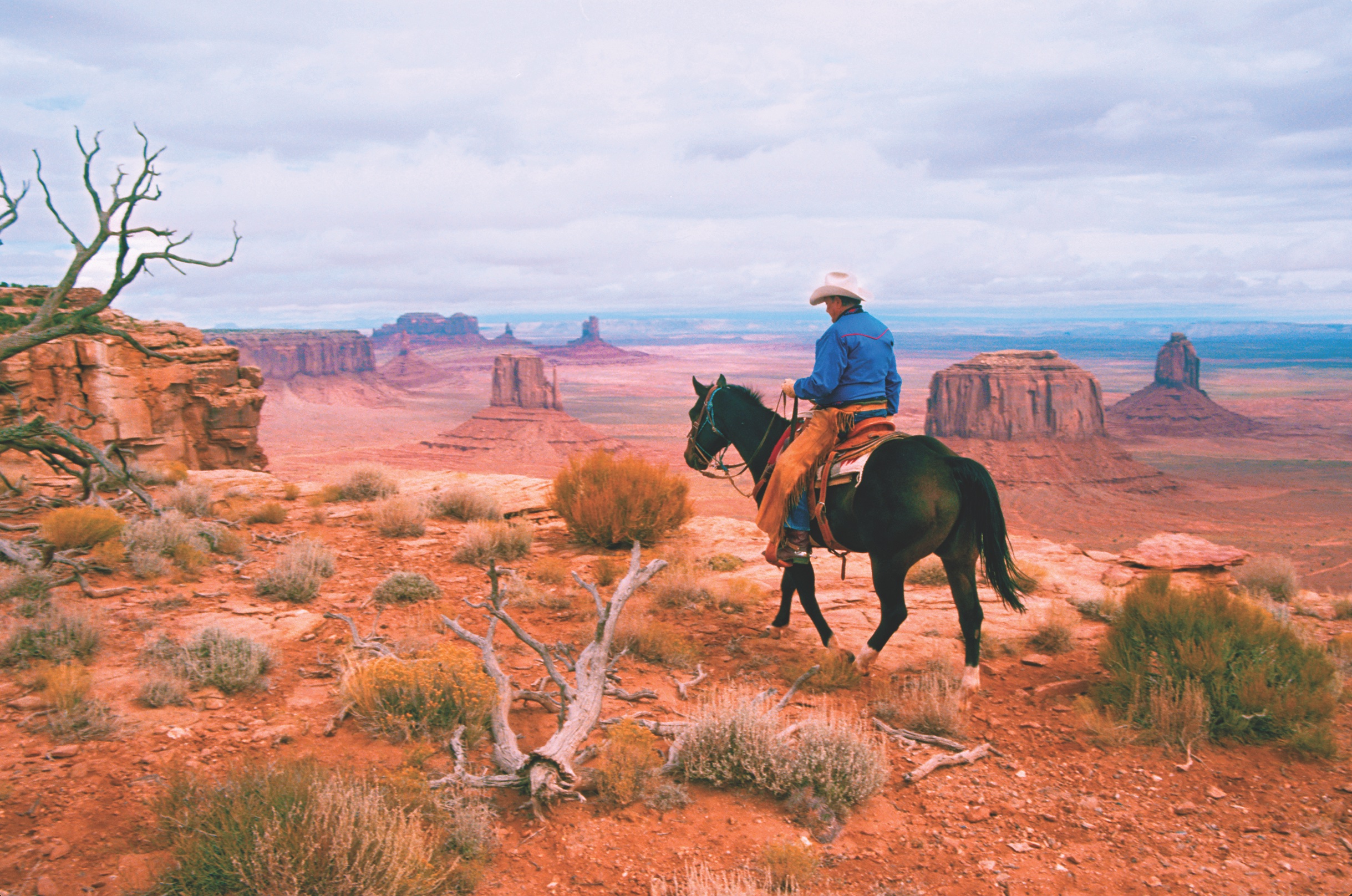
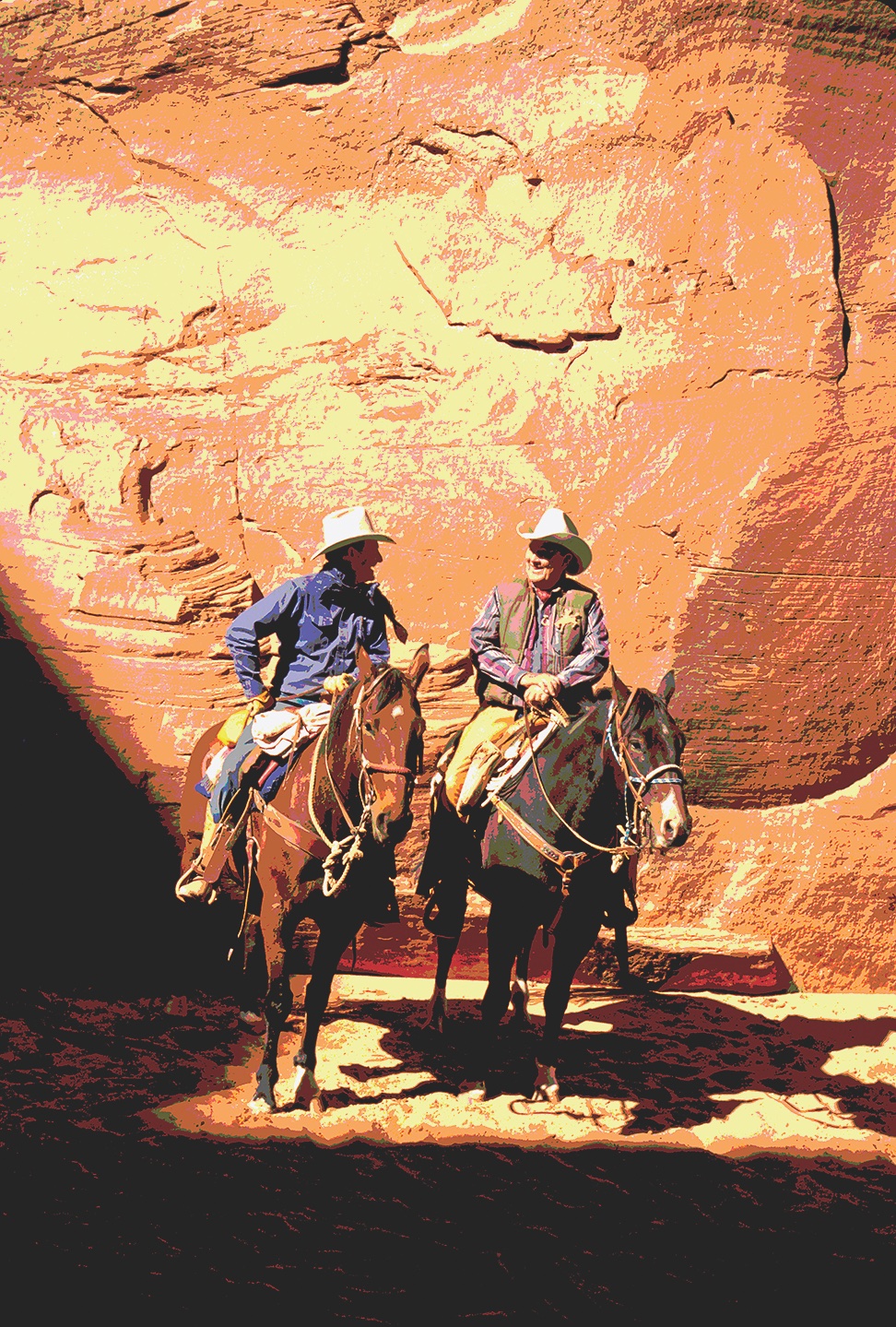
The Best of Ben
For nearly six decades, from his first uncredited role stunt role in the 1939 RKO-Western The Fighting Gringo, to his last starring role as Arthur Cotton in The Evening Star, a 1996 adaptation of the Larry McMurtry novel, Ben Johnson was a fan favorite. He appeared in over 300 movies and television series, most often cast as a cowboy.
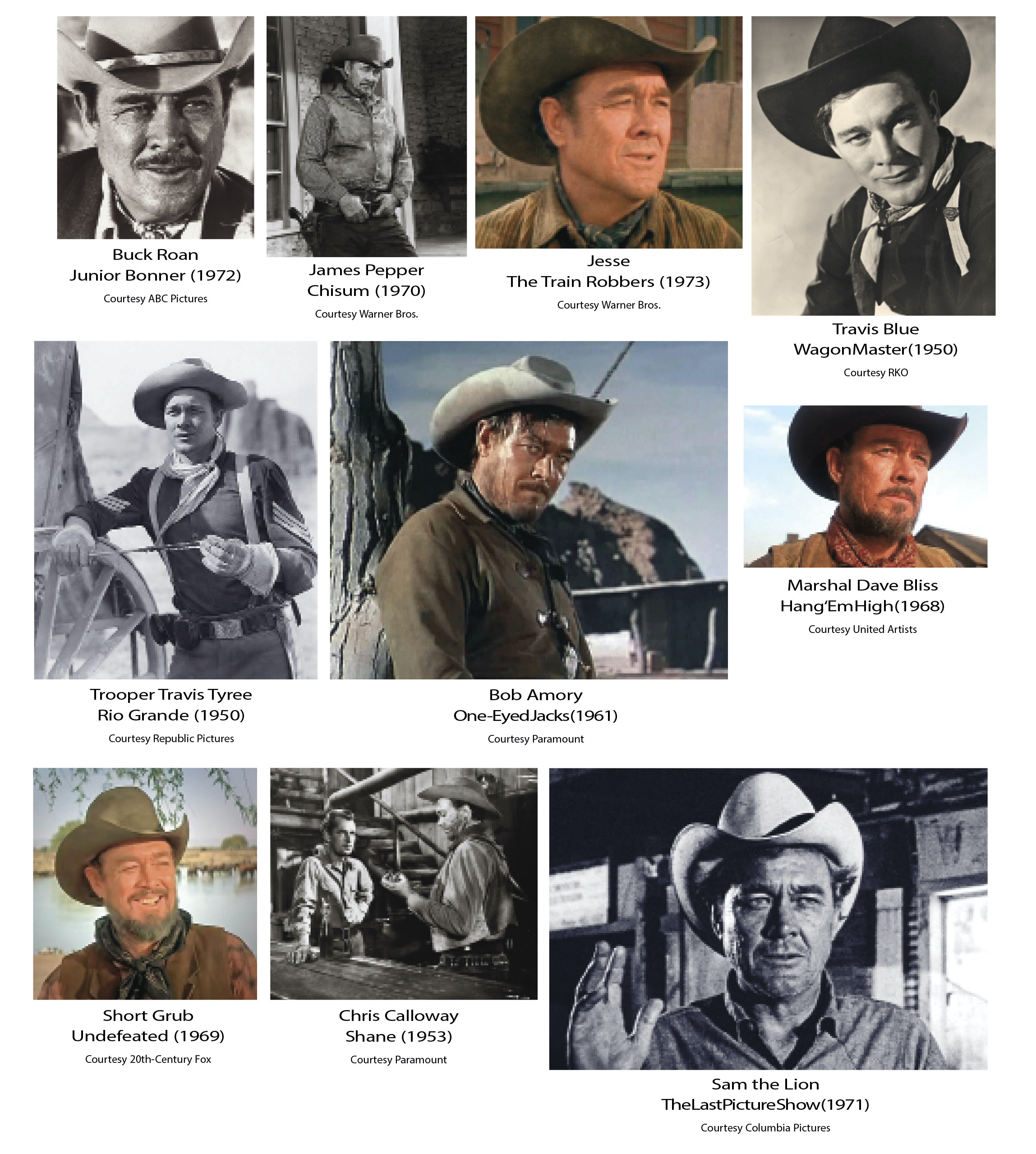
Marshall Trimble is the author of more than 25 books on Arizona and the West. His “Ask the Marshall’’ column has appeared in True West for more than 20 years, he posts three blogs a week on TrueWestMagazine.com and does a weekly podcast titled “The Marshall and the Madam” with True West “Frontier Fare” columnist Sherry Monahan.

